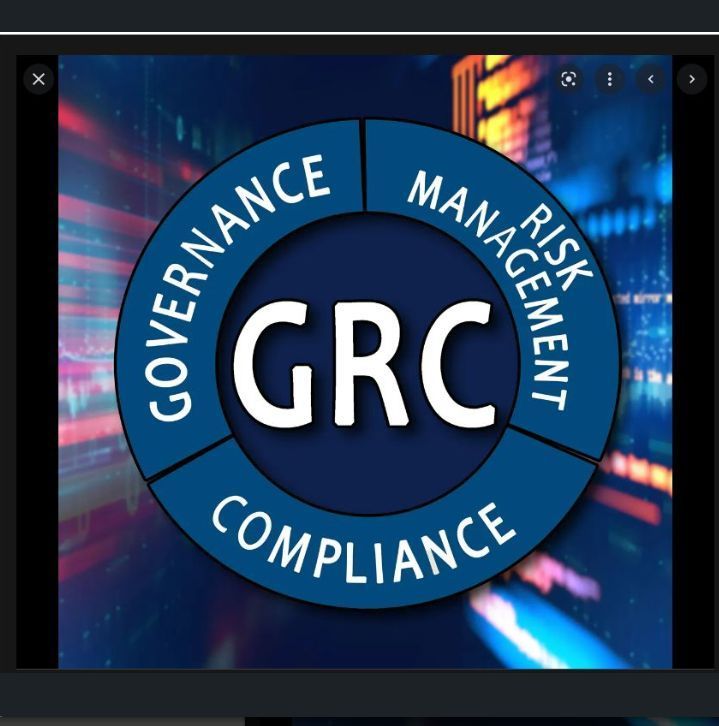Cybersecurity Governance: The Road to Achieving Cyber Resilience

In today’s rapidly evolving threat landscape, organizations must establish robust cybersecurity governance programs to ensure every employee understands their role in mitigating cyber risks. Yet, many businesses struggle to design and implement governance frameworks that effectively address these challenges.
The "Managing Cybersecurity Risk: A Crisis of Confidence" report by the CMMI Institute and ISACA highlights this gap: “While enterprise leaders acknowledge that mature cybersecurity is crucial for success in the digital economy, they often lack the insights and data to confidently manage cyber risks.”
This challenge is amplified by the staggering costs of cybercrime, projected to reach $9.5 trillion globally by 2024, according to Cybersecurity Ventures' Boardroom Cybersecurity Report 2023. With boardrooms and executives increasingly focused on cybersecurity, the urgency to turn awareness into actionable strategies has never been greater.
Cybersecurity Governance: What It Is and Why It Matters
Cybersecurity governance, as defined by ISO/IEC 27001, focuses on managing and overseeing an organization’s reliance on cyberspace to mitigate risks posed by adversaries. It shifts the perception of cybersecurity from a purely technical issue to a critical enterprise-wide risk management concern.
New regulatory measures, such as the U.S. Securities and Exchange Commission’s cybersecurity disclosure rules, are raising the bar for transparency and accountability. These regulations mandate standardized incident reporting, encourage stronger incident response plans, and promote benchmarking of best practices across industries. By doing so, they aim to create a more resilient and secure organizational landscape.
A successful governance program starts with the tone set by leadership. This isn’t just a compliance exercise; it’s about fostering a unified team effort to align risk management, security strategy, and business goals.
The Gap Between Technical Safeguards and Governance
Historically, cybersecurity efforts have been reactive, addressing specific risks with technical solutions like firewalls and intrusion detection systems. However, many organizations still lack foundational governance elements, such as up-to-date policies, best practices, and processes.
Key weaknesses often include:
- Outdated or ignored governance policies.
- Inadequate cybersecurity awareness training across all organizational levels.
- Poor access control practices, including shared passwords, unchecked admin privileges, and weak authorization processes.
- Insufficient hardening and patching programs, as highlighted by recent high-profile breaches.
6 Steps to Strengthen Cybersecurity Governance
To achieve cyber maturity, organizations must adopt a structured approach. Here are six essential steps to build and enhance a cybersecurity governance program:
Assess the Current State
Conduct a comprehensive cyber-risk and maturity assessment to understand vulnerabilities, evaluate existing controls, and identify improvement opportunities.Establish Robust Standards and Policies
Develop and regularly update cybersecurity policies, standards, and procedures. These foundational elements create a framework for risk management, clearly defining roles, responsibilities, and best practices.Adopt an Enterprise-Wide Perspective
- Identify and prioritize critical data assets that align with business objectives.
- Treat cybersecurity as a strategic risk, embedding it into the enterprise risk management framework.
- Allocate resources strategically, balancing risk mitigation with other business priorities.
Expand Awareness and Training
Cyber threats affect more than just internal employees. Extend cybersecurity training to remote workers and their families, ensuring everyone understands the principles of good cyber hygiene.Analyze and Contextualize Risks
Build a comprehensive risk model that considers external, internal, and third-party risks. Contextualize these threats to create a more accurate and actionable assessment.Monitor, Measure, and Improve Continuously
Cybersecurity governance is not a one-time effort. Regularly assess performance, analyze key metrics, and implement improvement plans. Keep the board informed about the organization’s cyber maturity and risk posture.
Leadership and Collaboration: The Cornerstones of Cyber Governance
Effective cybersecurity governance requires more than leadership from the top—it demands alignment across policies, processes, and priorities to withstand organizational changes. Leadership sets the vision, but collaboration among employees, stakeholders, and governance teams ensures its execution.
By embracing cybersecurity governance as a shared responsibility, organizations can safeguard critical assets, foster trust, and achieve long-term success in a digital-first world.
Take Action Today
The path to cyber maturity begins with a commitment to governance. Invest in building a comprehensive cybersecurity program and pave the way for a future of digital confidence and resilience.
Source : Cybersecurity governance: A path to cyber maturity | TechTarget